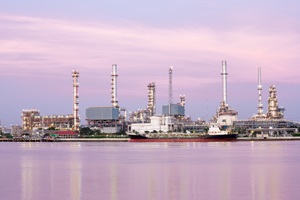- Water Infrastructure
- Wastewater
- Wastewater Treatment
- Policy Regulation
Emerging Emergencies in Water Infrastructure

In Flint, Michigan, the main problem contributing to lead contamination is a lack of modern infrastructure. Aging lead pipes in combination with corrosive river water have led to dangerously high concentrations of lead. The University of Michigan-Flint is recommending that residents install point-of-use filtration to avoid consuming excessive contaminants. As is the case with many examples of pollution, the burden of poor water quality seems to fall hardest on those who can’t afford extra treatment. On January 12, the National Guard was mobilized to distribute bottled water and filters to residents of Flint. Congresswoman Candice Miller proposed a bill to provide $1 billion to replace Flint’s aging pipe infrastructure and eliminate the lead. Sourcing this money is proving to be the main setback, though it will likely come from revolving funds.
A Global Infrastructure Crisis
Aging infrastructure in the United States presents many problems with water contamination. In other regions of the world, infrastructure has a hard time keeping up with population growth. China, for example, produces an annual volume of wastewater roughly equivalent to the annual flow of the Yellow River, at 68.5 billion tonnes. This growth is primarily in domestic wastewater discharge, rather than industrial—in fact, the rate of industrial wastewater discharge is actually decreasing. While the total rate of contaminated discharge remains high, total discharge to key river bodies has decreased significantly with the elimination of many small enterprises.
Water treatment is a major concern in India as well. In fact, according to India’s Central Pollution Control Board, the installed capacity of wastewater treatment only covers about 30% of what the country generates. In one study performed by this group, it was found that almost no water treatment plants followed “a uniform or set pattern of operation and maintenance.” Rapidly increasing populations mean that the already strained infrastructure will face more drastic challenges. By 2030, the projected demand for potable water in India alone will reach 1.5 trillion cubic meters annually.
In 2010, the United Nations explicitly recognized the human right to water and sanitation. Yet with the slow growth of new infrastructure (and rapidly failing old infrastructure), this right is not guaranteed anywhere in the world. Underpricing water undermines its value and prevents proper infrastructure; the incentive system for global water use needs to be drastically revised if we are to provide this right.